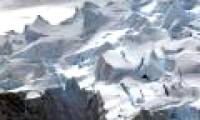
British scientists recently claimed to have identified the origin of the dust that lies in the ice blocks at the Antarctic arc.
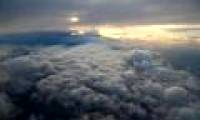
A new study by Erik Kolstad and Thomas J. Bracegirdle shows that one of the most obvious signs of climate change is the rapid decline in Arctic ice cover.
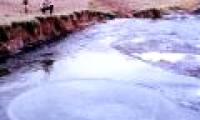
We need a compass and a pencil to draw circles, but nature only needs a whirlpool to create a perfect circle with tape.
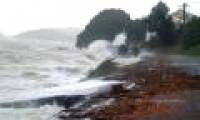
New research shows that the sea level in the next 100 years will be one meter higher than the current sea level
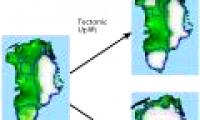
Recently there have been a lot of media reports about the impact of global warming on the ice in Greenland.

The Chinese online community shared the image of the freezing cold in the record cold, where it went down to minus 60 degrees Celsius.

Through the photographs, photographer Andrey Grachev gave people a glimpse of the rare moments of ice movement in Lake Baikal on Olkon Island.

The mummy Otzi iceman is famous as one of the most mysterious natural mummies in human history. This 5,300-year-old iceberg was found in 1991 in the Alps on the border of Austria

Fire can be useful for human life, but it can also be the most destructive force. The ice belongs to the natural, cold and seemingly lifeless world.

Antarctica is the coldest place on Earth. The gloomy winter in Antarctica lasts from June to September. Then around September 22, the first warm pink rays of spring will appear.
 British scientists recently claimed to have identified the origin of the dust that lies in the ice blocks at the Antarctic arc.
British scientists recently claimed to have identified the origin of the dust that lies in the ice blocks at the Antarctic arc. A new study by Erik Kolstad and Thomas J. Bracegirdle shows that one of the most obvious signs of climate change is the rapid decline in Arctic ice cover.
A new study by Erik Kolstad and Thomas J. Bracegirdle shows that one of the most obvious signs of climate change is the rapid decline in Arctic ice cover. We need a compass and a pencil to draw circles, but nature only needs a whirlpool to create a perfect circle with tape.
We need a compass and a pencil to draw circles, but nature only needs a whirlpool to create a perfect circle with tape. New research shows that the sea level in the next 100 years will be one meter higher than the current sea level
New research shows that the sea level in the next 100 years will be one meter higher than the current sea level Recently there have been a lot of media reports about the impact of global warming on the ice in Greenland.
Recently there have been a lot of media reports about the impact of global warming on the ice in Greenland. The Chinese online community shared the image of the freezing cold in the record cold, where it went down to minus 60 degrees Celsius.
The Chinese online community shared the image of the freezing cold in the record cold, where it went down to minus 60 degrees Celsius. Through the photographs, photographer Andrey Grachev gave people a glimpse of the rare moments of ice movement in Lake Baikal on Olkon Island.
Through the photographs, photographer Andrey Grachev gave people a glimpse of the rare moments of ice movement in Lake Baikal on Olkon Island. The mummy Otzi iceman is famous as one of the most mysterious natural mummies in human history. This 5,300-year-old iceberg was found in 1991 in the Alps on the border of Austria
The mummy Otzi iceman is famous as one of the most mysterious natural mummies in human history. This 5,300-year-old iceberg was found in 1991 in the Alps on the border of Austria Fire can be useful for human life, but it can also be the most destructive force. The ice belongs to the natural, cold and seemingly lifeless world.
Fire can be useful for human life, but it can also be the most destructive force. The ice belongs to the natural, cold and seemingly lifeless world. Antarctica is the coldest place on Earth. The gloomy winter in Antarctica lasts from June to September. Then around September 22, the first warm pink rays of spring will appear.
Antarctica is the coldest place on Earth. The gloomy winter in Antarctica lasts from June to September. Then around September 22, the first warm pink rays of spring will appear.




 NASA's 'Ninth Planet' Shows Signs of Being Friendly to Life
NASA's 'Ninth Planet' Shows Signs of Being Friendly to Life Why did American astronauts have to be quarantined when returning to Earth?
Why did American astronauts have to be quarantined when returning to Earth? China surprises the world by building a cable-stayed bridge 'above the clouds'
China surprises the world by building a cable-stayed bridge 'above the clouds' Why do women sleep less and wake up more than men?
Why do women sleep less and wake up more than men? Revealing the secret inside the stuffed animal claw machine, from there, summarizing experience to help you increase your winning rate many times over
Revealing the secret inside the stuffed animal claw machine, from there, summarizing experience to help you increase your winning rate many times over What would happen if you dug a hole through the Earth and jumped in?
What would happen if you dug a hole through the Earth and jumped in? Camera takes a photo that lasts 1,000 years
Camera takes a photo that lasts 1,000 years Was there nuclear war in ancient times?
Was there nuclear war in ancient times?